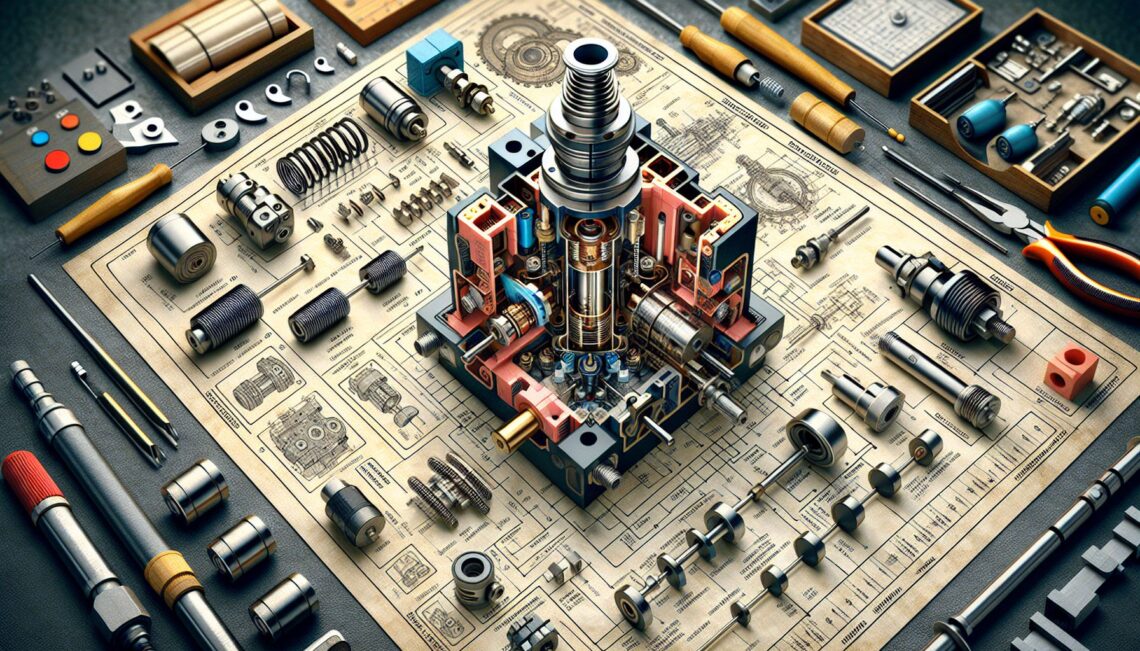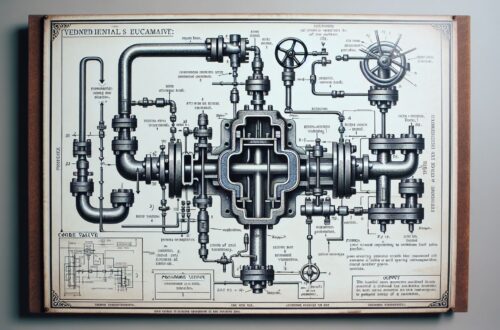
Solenoid Valves – An In-depth Look at the Unsung Hero in Automation
When it comes to the exciting world of automation, many items steal the spotlight. We tend to focus on the principles of artificial intelligence, machine learning, robotics, and complex electrical systems. However, beyond these technological marvels are the unsung heroes that make a significant portion of these innovations possible. One such hero in the automation space is the solenoid valve.
Although solenoid valves may sound like some arcane technology, they are fundamental in a wide range of automation processes. With a nod to these unsung heroes, let’s take a closer look at the world of solenoid valves.
What are Solenoid Valves?
A solenoid is essentially an electromechanical device used for controlling a fluid or gas flow. It essentially has two main parts: a solenoid (an electric coil with a moveable ferromagnetic core in its center), and a valve (a device that regulates the flow of a fluid or gas).
When an electrical current runs through the coil, it creates a magnetic field. This, in turn, mobilizes the core, typically opening or closing the valve to control the fluid flow. This efficient and automated method of controlling flow is what makes solenoid valves a critical component in many automatic systems [^1^].
Where are Solenoid Valves Utilized?
Given their rapid response, reliability, and simple design, solenoid valves find applications in various industries. They feature predominantly in the heating, ventilation, and air conditioning (HVAC) industry and are used in refrigeration systems as well.
The chemical industry also utilizes solenoid valves for dosing chemicals and controlling the flow of corrosive fluids. Other common uses of solenoid valves are in automatic irrigation systems, laundry equipment, and car-wash systems. Besides these, solenoid valves play integral roles in other sectors such as food and beverage, pharmaceuticals, power generation, and many more [^2^].
How to Choose the Right Solenoid Valve?
Solenoids are available in different types and models to meet different system requirements. When choosing a solenoid valve, consider the following factors:
- The nature of the application.
- Type of fluid to control.
- Required valve position (normally open or normally closed).
- The capability to handle pressure.
- Required and maximum flow rate.
- Valve connection size and type.
- The requirement of electrical controlling elements.
By paying keen attention to these factors, you will be able to pick the perfect solenoid valve for your specific requirements [^3^].
Closing Remarks
In the world of automation, solenoid valves undoubtedly deserve more credit than they often receive. These fantastic devices not only help control the flow of fluids with extreme precision but also ensure that automated systems continue to work efficiently and reliably.
The next time you enjoy the convenience of an automated car wash or the comfort of a well-functioning air conditioner, remember the unsung hero – the solenoid valve – that made it all possible.
[^1^]: “What is a Solenoid Valve?”. Omega Engineering. https://www.omega.com/en-us/resources/solenoid-valve
[^2^]: “Common Applications for Solenoid Valves”. Engineering360. https://www.globalspec.com/learnmore/flow_transfer_control/valves/solenoid_valves
[^3^]: “How to Select a Solenoid Valve”. ASCO. https://www.emerson.com/en-us/automation/asco/selecting-an-asco-solenoid-valve




